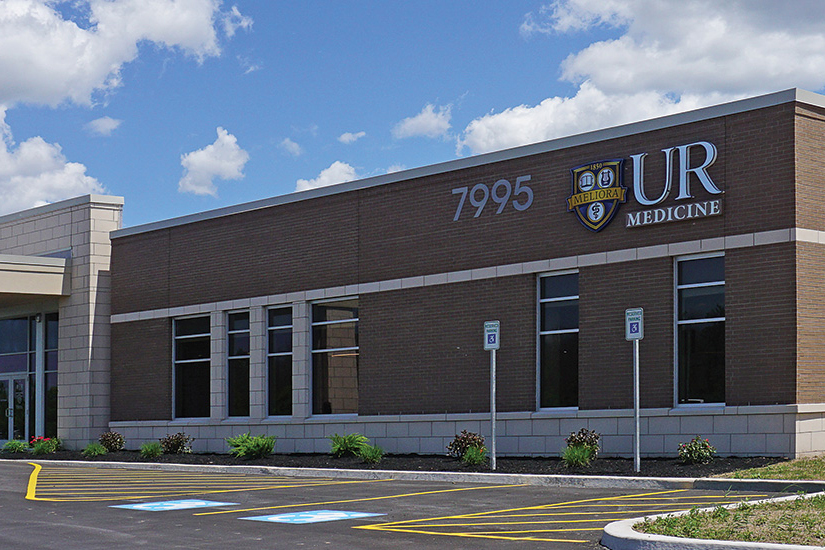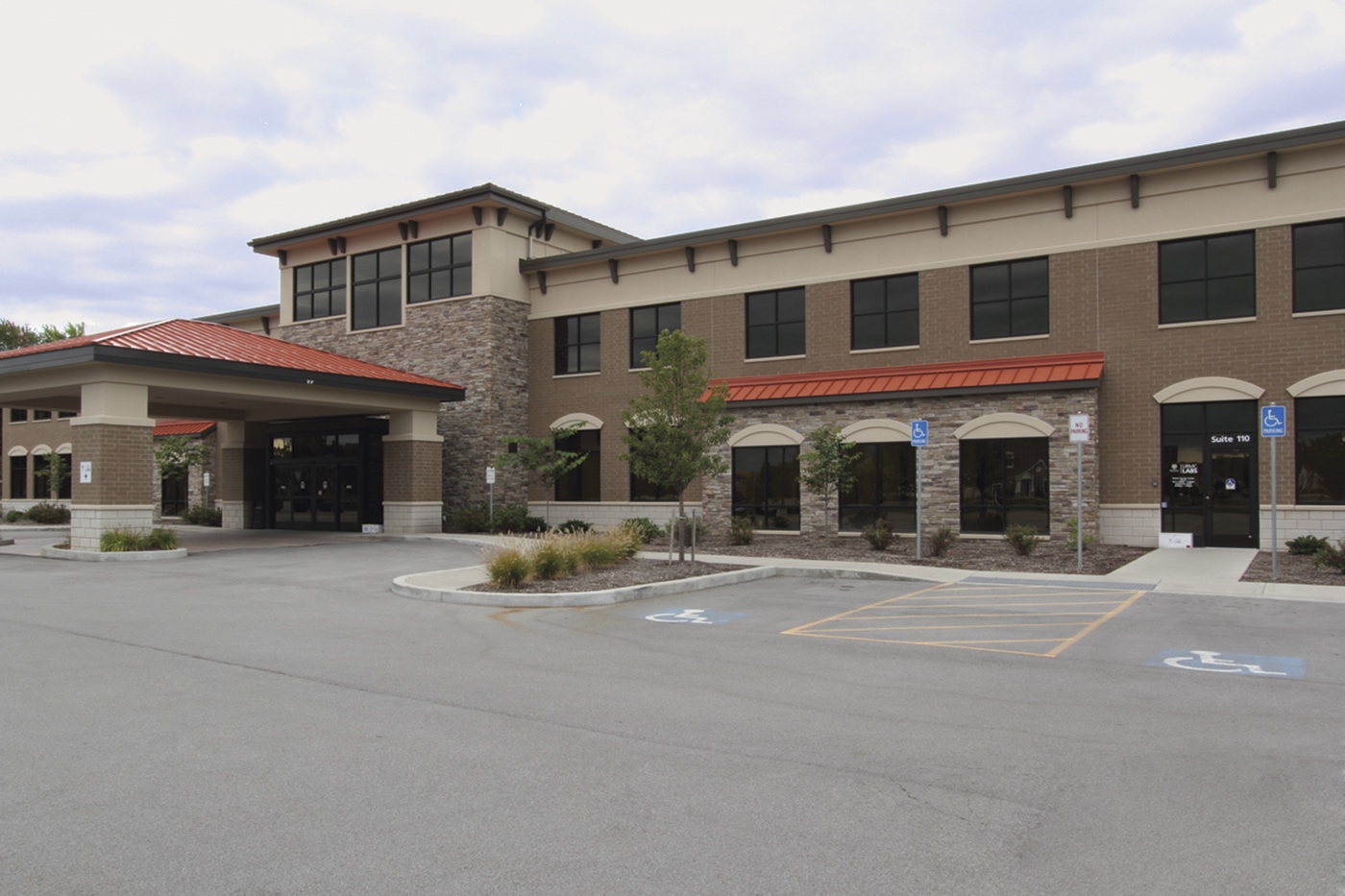Testosterone Deficiency Syndrome
Make Appointments & Get Care
What is Testosterone Deficiency Syndrome?
Testosterone Deficiency Syndrome, or male hypogonadism, occurs when the body does not produce enough testosterone, the main male hormone. Testosterone plays a key role in an individual's sex drive, muscle mass, and mental and physical energy.
This condition generally affects older individuals, but younger patients can also be affected.
While the term “andropause” is sometimes used for this condition, it is inaccurate. Unlike menopause, testosterone deficiency syndrome is not an inevitable result of aging.
Symptoms
- Reduced libido
- Difficulty obtaining or keeping an erection
- Difficulty concentrating or making decisions
- Poor results from exercise programs
- Increase in body fat
- Loss of lean body (muscle) mass
- Loss of bone density
- Depression
- Poor work performance
- Unfavorable changes in cholesterol profile
Testosterone deficiency syndrome can contribute to the start or worsening of various diseases. This can include:
- Increased risk of cardiovascular disease
- Increased risk of death from a cardiovascular event
- Increased risk of metabolic syndrome: high blood pressure, elevated insulin levels, excess belly fat and abnormal cholesterol levels
- Strong association with diabetes
- Strong association with atherosclerotic disease of the aorta
- Higher incidence of prostate cancer
- Association with more aggressive variants of cancer
Schedule an appointment with a UR Medicine provider.
Call (585) 275-2838UR Medicine's Treatments for Testosterone Deficiency Syndrome
Testosterone deficiency is typically diagnosed with a simple blood test.
When a specific cause for testosterone deficiency is identified, treatment can be focused on that cause. In the case of excess pituitary secretion of hormones, for example, medicine or surgery may be used to correct the underlying problem.
When no specific cause can be identified, testosterone replacement therapy is the most common treatment. Testosterone replacement therapy raises the body’s testosterone levels through regular administration of testosterone. Various methods can be used: patches, gels, Intramuscular testosterone supplementation (delivered through periodic injections), or “pellets” implanted beneath the skin.
What Sets Us Apart?
UR Medicine Urology provides the Rochester metropolitan area and surrounding region's most advanced and complete urologic care. We have the most highly trained specialists. Many of our doctors are fellowship trained, the highest level of education available.
We use the most advanced technology to perform procedures such as minimally invasive robotic surgery. We also use the latest da Vinci Surgical System, with high-definition 3D imaging to enhance the surgeon's vision during procedures.
As part of an academic medical center, we’re involved in the very latest research to develop more effective treatments.
Locations
View All LocationsWe serve you in the Rochester metropolitan area and surrounding region.
View All Locations12 locations
158 Sawgrass Drive, 2nd Floor, Suite 230
Rochester, NY 14620
Strong West
156 West Avenue, 1st Floor or 3rd Floor
Brockport, NY 14420
699 South Main Street, Suite 6
Canandaigua, NY 14424
Noyes Memorial Hospital
111 Clara Barton Street
Dansville, NY 14437
Noyes Health Services
48 East South Street
Geneseo, NY 14454
South Pointe Landing
10 South Pointe Landing, Suite 130
Rochester, NY 14606
Jones Memorial Hospital
191 North Main Street, 3rd Floor
Wellsville, NY 14895
St. James Medical Office Building
7309 Seneca Point Road North, Suite 102
Hornell, NY 14843
Highland Hospital
1000 South Avenue
Rochester, NY 14620
Ambulatory Care Center at Strong Memorial Hospital
601 Elmwood Avenue, 2nd Floor
Rochester, NY 14642






